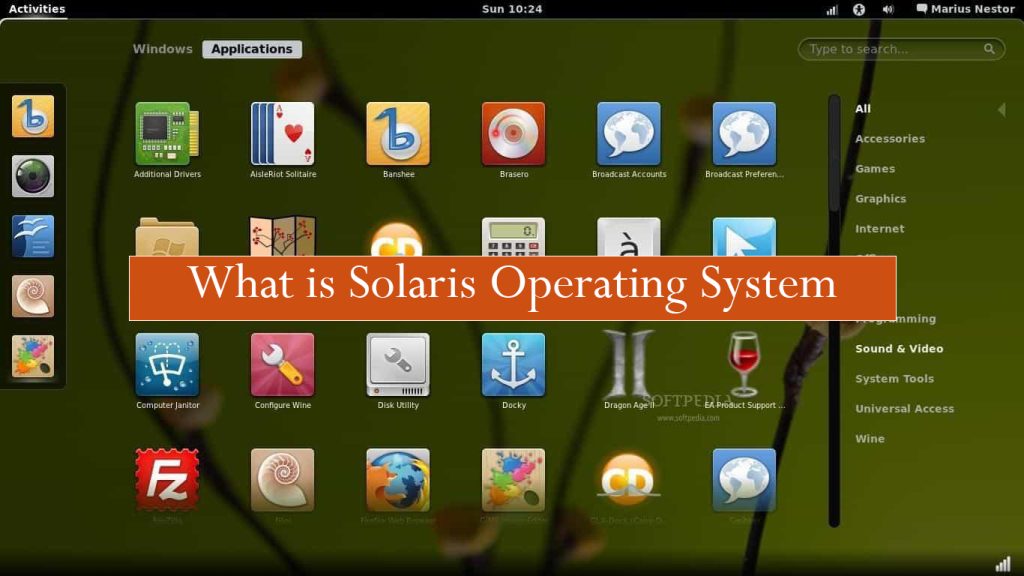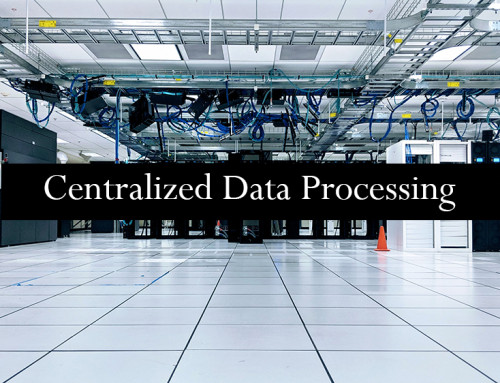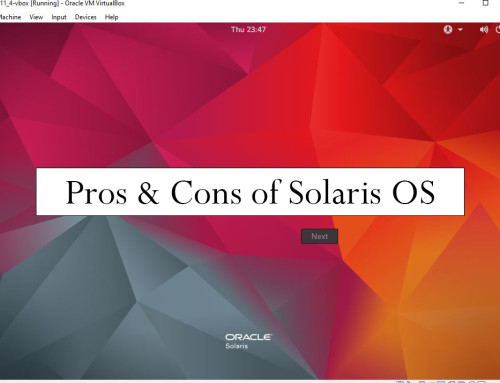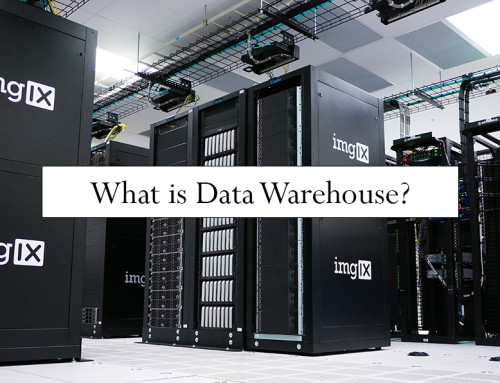Solaris OS is a UNIX-based operating system that was developed in 1992. Sun Microsystems owned it but in 2010 Oracle bought this company. Before 2010 Solaris OS was open source but after Oracle bought the company, Solaris OS became closed source. Some components source code of Solaris OS are available to the public on GitHub. However, the Solaris core code is only accessible to Oracle.
Both Linux and Solaris are UNIX-based OS. But Solaris is a more secure OS than Linux OS. On the other hand, Solaris is a more expensive OS than Linux OS.
Solaris OS doesn’t crash and works at a fast speed. It is suitable for mainframe and large-capacity servers. It is not eligible for single users but is ideal for companies’ usage.
Solaris OS is mostly installed on large servers, and that server machine is divided into zones. Every zone is administrated by one global zone. Each zone is given specific CPUs and Memory. For example, if the server machine has 64 CPUs and 16 terabytes of memory then each zone is given 2 CPUs or 3 CPUs. Similarly, each zone is given 2 terabytes or 3 terabytes of memory.

Features of Solaris Operating System
Some features of Solaris OS are:-
- Solaris OS gives a highly scalable and high-performance file system known as ZFS (Zettabyte File System)
- It is mostly suitable for the development of software because it includes all libraries and development code.
- This OS is always available for live work. It includes features like Sun Cluster and Cluster Software.
- The errors in development work are easily troubleshooted.
- Solaris OS is a very secure OS with features like Role-based access control (RBAC) and trusted extensions.
- DTrace which is a dynamic tracing framework can help the system administrators to easy troubleshoot the OS.
- The networking is securely made via IPv6 visualization and OS services.
- The Solaris OS is best for scalable computing i.e. you can add extra servers within one main server.
- It has efficient system management i.e. Solaris management console (SMC) and Service management facility (SMF).
- It is easy to install Solaris OS via virtualization technologies like Oracle VM Server and Solaris Zones.
- This OS is ideal for application development with standards like POSIX API.
Benefits of Solaris Operating System
Some advantages of Solaris OS are:-
- Higher security
- Some components are open source
- Easy to scale up
- Stable because it does not crash
- More reliable
- Virtualization support
Drawbacks of Solaris Operating System
Some disadvantages of Solaris OS are:-
- Complex for beginners
- Some software not available to be installed
- Higher learning curve
- Not compatible with some hardware
- Higher resources needed to run the OS




